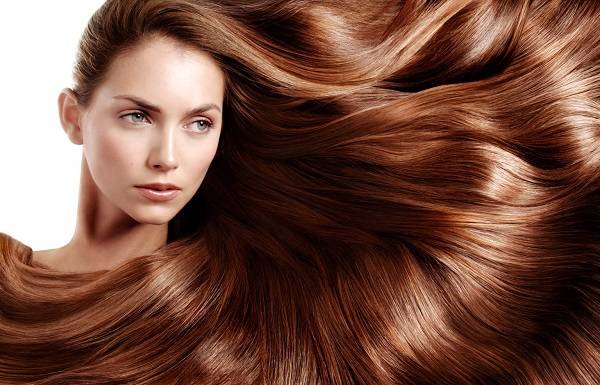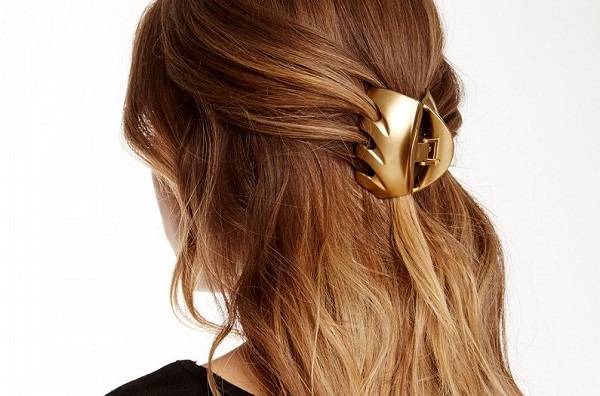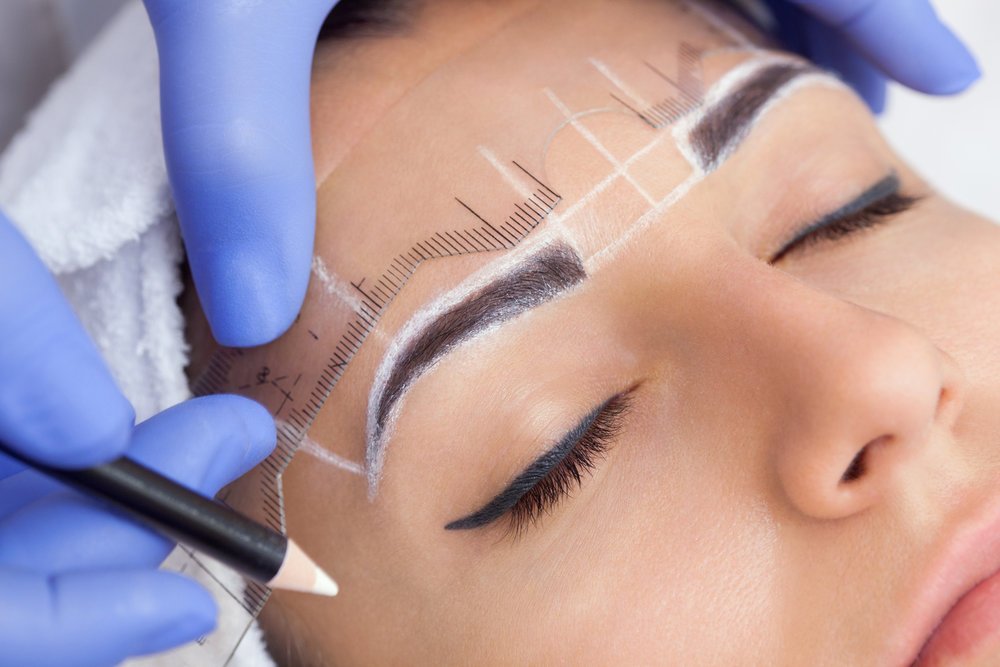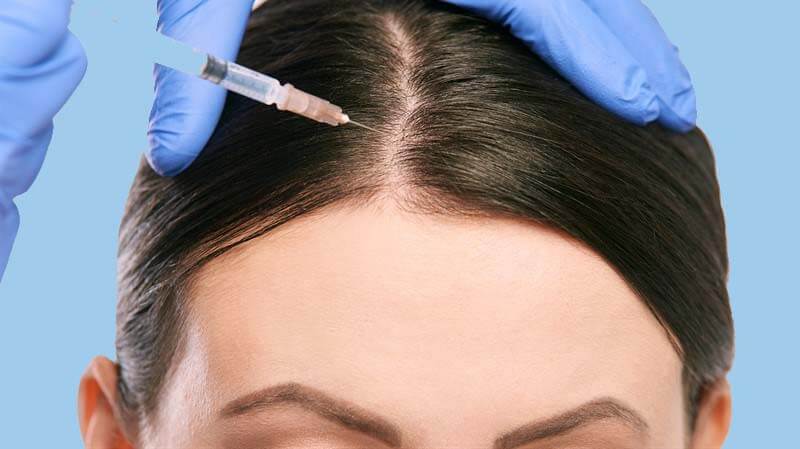Here are some tips for maintaining long hair at any age
One of the biggest beauty factors is hair, and having long, beautiful hair enhances women’s appearance and doubles their beauty. As hair grows 6 inches a year, taking care of your hair and using the right tools are essential to maintaining healthy hair, especially long hair. The tips for maintaining long hair can help you if you have long hair or want long hair that is beautiful, healthy, and long.
From childhood to old age, here are some tips for having long hair
Here are some ways to keep your hair long if you have genetically long hair.
Make sure you use the right shampoo
Use a mild shampoo that does not remove excessive oil from your hair to keep it healthy. If you have oily hair and skin, you may not be able to remove dirty hair with a mild shampoo. A good shampoo should eliminate fat and be good for skin and hair, but it shouldn’t be expensive or famous.
Use a wooden brush to comb your hair
In addition to brushes with metal, wood, and plastic teeth, there are also brushes with plastic teeth. The best choice is a wooden brush and then a metal brush. Static electricity is generated by plastic brushes on the hair strands, which makes it hard to adjust the hair and damages the hair.

Reduce the amount of dye you use on your hair
If you use permanent hair dye excessively, especially dechlorination, it will damage your hair. Hair dye chemicals remove hair moisture, resulting in dry and weak hair.
Avoid using too many heaters
Hair dryers and other heating devices can damage hair shafts and cause dry scalps if used frequently. When blow-drying and curling or straightening your hair, use a temperature-adjustable device because heat damage may be irreparable and eventually weak and brittle. Let your hair dry naturally in the open air if possible and use the hairdryer only when necessary. The use of hair gels and tufts is also not recommended for hair because these products contain chemicals that damage hair follicles.
The branched part of the hair shaft should be trimmed
Frizz and damage are more common with long hair, while conjunctivitis occurs when the hair shaft becomes excessively dry as a result of dyes, warming agents, or medications. Mild shampoos, hair lubricants, and trimming the ends of the branches are effective treatments. In order to prevent the dead tissue of the hair shaft from being overshadowed, cut the hair end a little every two months.
Make your hair healthy by vitaminizing it
Get vitamins from the shops and apply them on your scalp and wash them off after 20 minutes if the cost of a hairdresser is too high for you.
Hot water should not be used to wash your hair
As a result of taking a shower with hot water, the hair loses moisture, which causes it to become brittle and dry. A brittle and dry hair is more likely to break and fall out if it is hit suddenly and severely. Rinse your hair with a low water temperature and keep the water temperature constant.
Rinse your hair and use conditioner and serum after bathing. Apply shampoo to the scalp and transfer the same amount of foam to the hair shaft.
Hair should not be combed
It is wrong to comb your long hair obsessively. Combing or brushing your hair in the bathroom, drying wet hair with a coarse towel, and doing too much can damage it. You can use the serums and solutions available on the market that soften the hair outside the bath, then comb your hair gently. In order to loosen the knots in your hair, massage it with conditioner or oil first, and then comb it gently. As a result, the hair will be cut in half or at the roots. The hair is going out. If you fall for tangled hair, you can easily remove the hair in the resting or telogen phase and keep it on for up to three months.

Before you go to sleep at night, weave your hair
To prevent tangling, people with long hair should weave or tie their hair without pulling it.
Headbands and clamps should be used appropriately
Do If you have long hair, do not use plastic clips because they will cut your hair at the roots. Tie your hair with clips, hair clips, or fabric headbands, and don’t pull them with a headband or tighten them. Do not use sharp head clips or head clips that put pressure on the head.
The mask can be used indoors and outdoors
It is best to rinse bath masks quickly so some of the product remains on the hair and not all of it disappears. They are greasy and heavy and should be rinsed in a short amount of time. Out-of-bath masks are lighter and can also be used for dry hair. A single layer of fat is created by these products and it protects the hair from the elements.
Strengthen your hair with these oils
The best oils for strengthening hair are coconut oil, castor oil, olive oil, etc., as they not only strengthen hair, but also promote hair growth.
Make sure your hair is hydrated
In order to maintain and improve the condition of your hair, it is important to maintain and remove dry hair. You can accomplish this by using a variety of home moisturizers, natural methods for removing dry hair, natural hair keratin masks, etc.
The following are other hair care measures:
- Don’t ignore dandruff on your scalp.
- Your B vitamins should include protein-rich foods, including zinc.
- Every night before bed, gently massage your scalp with your fingertips to increase blood flow.
- Apply conditioner to your hair shaft.
- Pillows made of silk are recommended
- Make sure your comb has long, open teeth.
- Your hair can be damaged by chemicals in your bath water such as chlorine, fluorine, salts, minerals, and even rust.
- Your hair will stay healthy and beautiful when you use an incense burner indoors.
- Your scalp receives more oxygen when you exercise regularly.
How to maintain long hair at different ages and in different situations
Tips for maintaining long hair in childhood
- You should expect 12 to 15 cm of hair growth since children’s hair grows 7 to 13 mm per month. Hair growth has nothing to do with shaving the baby’s head or cutting the ends.
- Your child’s diet should include enough protein, fruits, and vegetables to provide the nutrients needed for hair growth.
- Children’s hair should be washed once or twice a week with a gentle shampoo.
- Use a conditioner with jojoba oil, fatty alcohols, glycerin, and hydrolyzed wheat germ oil to keep your baby’s hair healthy.
- When tying, do not pull or comb the baby’s hair tightly.
Tips for maintaining long hair in old age
- To prevent brittleness caused by dry hair at this age, older women should use mild emollient shampoos and masks.
- There are some medications that can cause hair loss, such as propranolol, anticoagulants such as heparin, neuroleptics, and anticonvulsants.
- Hair will fall out and become thinner as you age, so it’s best to cut your hair short if you don’t like seeing your long hair on a brush.
- Depending on the woman’s genetics, severe hair loss is caused by hormonal changes. Some postmenopausal women suffer from hair loss and reduced hair volume due to reduced female hormones and the predominance of male hormones. Consult your doctor if you suffer from this issue.
Tips for maintaining long hair during pregnancy and lactation
- Because pregnant women have a higher level of estrogen in their bodies, their hair enters a growth phase and their loss stops, resulting in fuller hair and an increase in hair thickness. With the decrease in estrogen levels after childbirth, hair that was growing during pregnancy enters the hair loss phase. If you want to avoid the psychological effects of your long hair loss, cut it short after childbirth.
- During this period, you do not need to use such hair care products, and you do not need to change your shampoo, conditioner, or hair mask.
- Consult your gynecologist and dermatologist if you have dandruff during pregnancy.
- Although breastfeeding mothers should take care with their nutrition and include all food groups in their diet, in general, hair loss after childbirth lasts up to 1 year and ends spontaneously, and is not linked to malnutrition.


